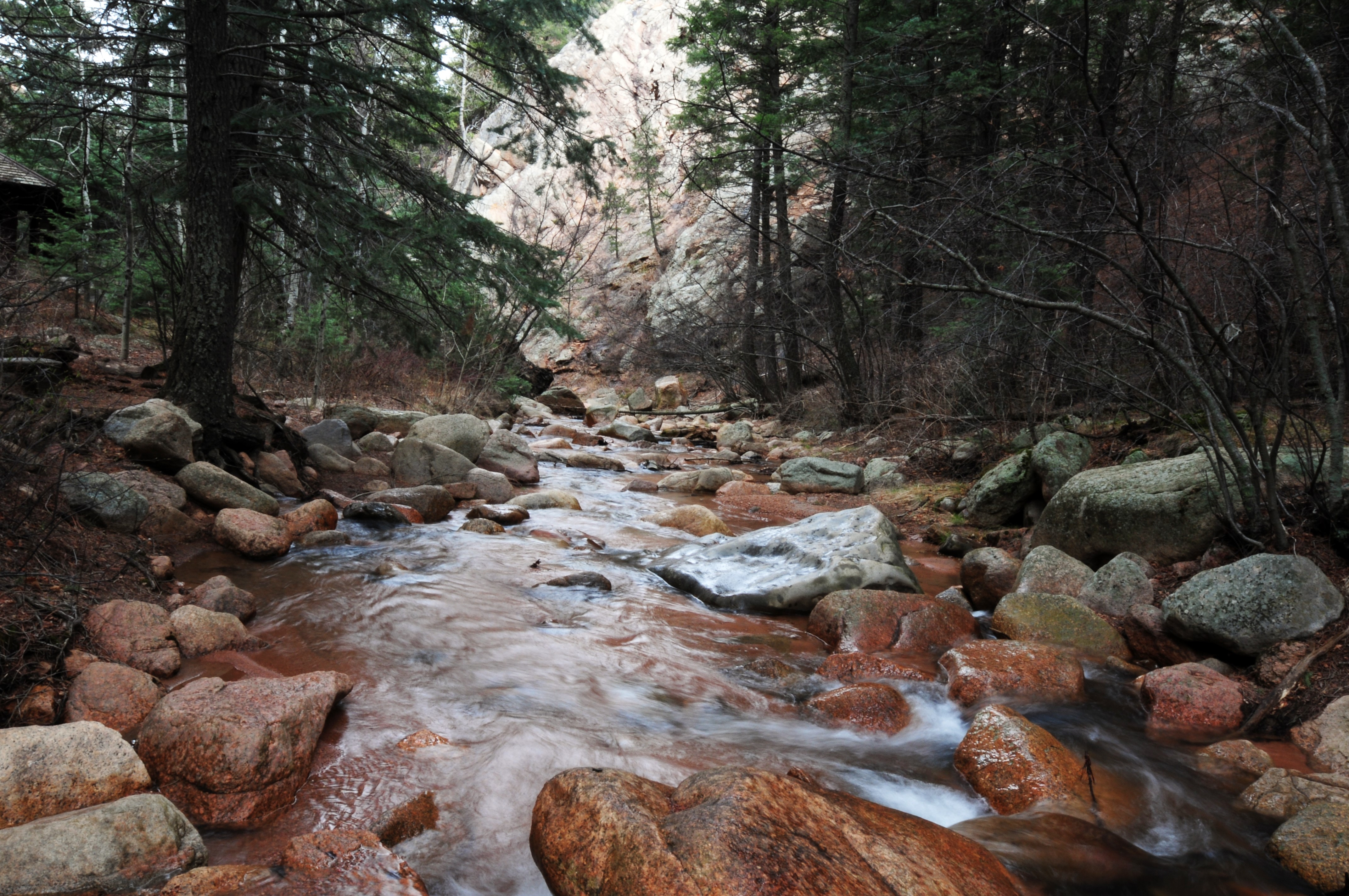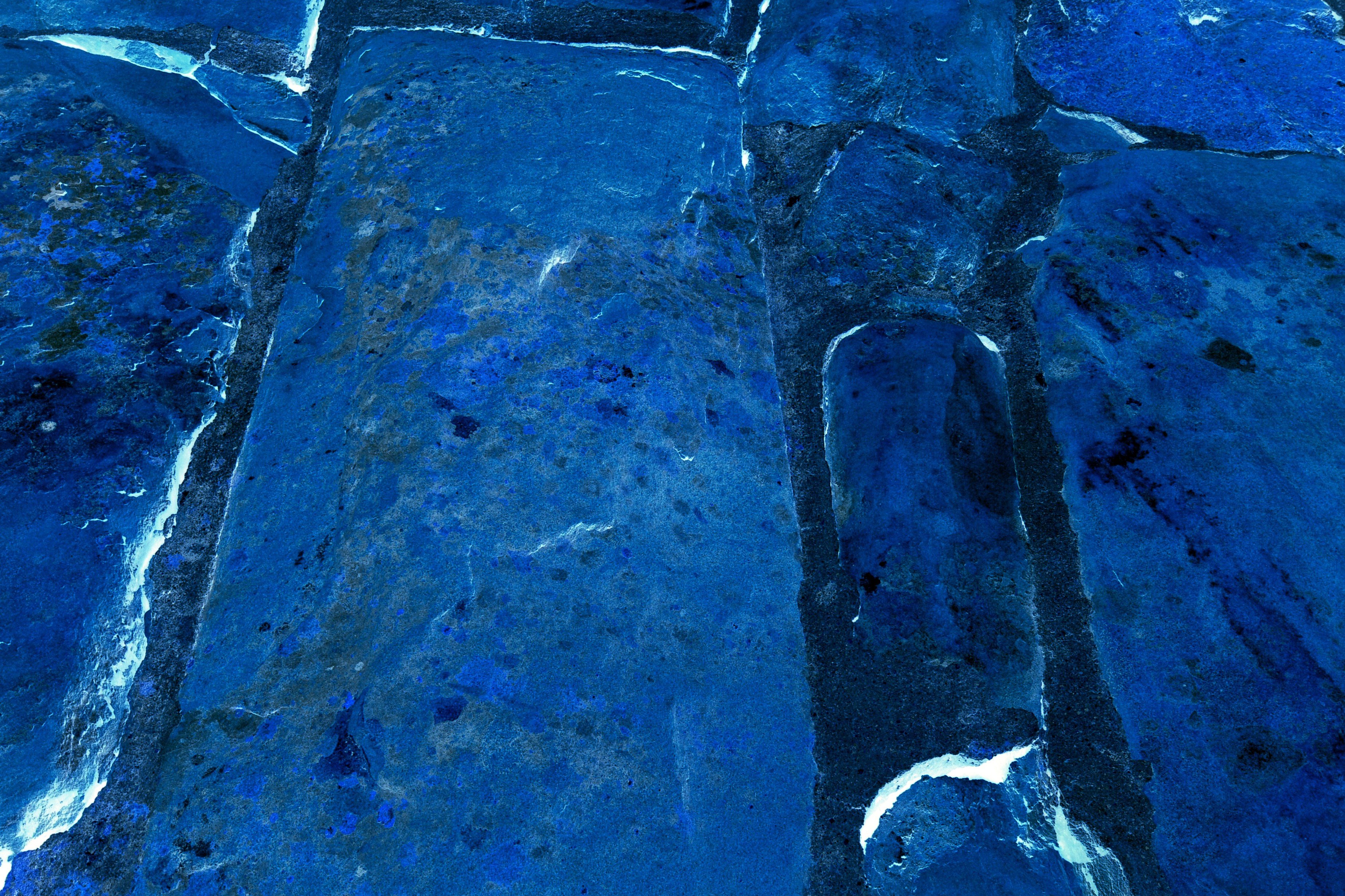Digestive issues like acid reflux and gastrointestinal problems can also cause bad breath. Acid reflux occurs when stomach acid flows back into the esophagus, causing a burning sensation in the chest and a sour taste in the mouth. This sour taste can contribute to bad breath.
Keep your saliva flowing by eating healthy foods that make you chew. Carrots and apples need a lot of saliva. You can also chew sugar-free gum or suck on sugar-free candies. If you still don’t have enough saliva to keep your mouth moist, your dentist may suggest artificial saliva.
.
Everyone knows how embarrassing bad breath can be. It can even cause anxiety because you can’t always tell what other people are noticing. There are countless products out there aimed at fixing the problem. Gum, mints, mouthwash, and other products can be found in any store. Approximately 30% of the population complains of some sort of bad breath. But what causes bad breath, and how can you avoid it? Most problems can be solved by keeping your mouth and teeth clean is a simple solution. However, sometimes bad breath is an indication of a more serious health condition, and you’ll need to talk to one of the doctors at Scott Edwards DDS.
For stones that cannot be visualized, an MRI or CT scan can help make a definitive diagnosis. SLIDESHOW Mouth Problems: TMJ, Canker Sores, Painful Gums and More See Slideshow
Tonsil Stones and Halitosis: How to Freshen Your Breath for Good
At-home removal. You might be able to remove tonsil stones by scraping gently with water picks or swabs.Saltwater gargles. Gargling with warm, salty water may help ease the pain of tonsillitis and help remove stones.Tonsil Stone Complications

Another method is to use a spoon. Scrape the back of your tongue with the spoon and smell it. If there is a foul odor, it may indicate that you have bad breath. Alternatively, you can ask a trusted friend or family member for their honest opinion.
It’s early days, so for now the medical advice is to brush and floss your teeth carefully, to drink plenty of water, not to smoke, to eat a balanced diet and to see your dentist about bad breath in case you have early signs of gum disease.

Halitosis, also known as bad breath, can be caused by various factors, some of which originate in the mouth, while others may stem from elsewhere in the body. Here are some of the most common reasons and causes of bad breath or halitosis:
Because more than ninety percent of bad breath originates in the mouth, your dentist is your first line of defense. In many cases, bad breath is simply a symptom of a bigger problem. Seeing your dentist first is important to rule out dangerous dental infections as the cause of the unpleasant odor.

Smoking is a bad habit any way you slice it, but one thing it’s fairly well known for is causing halitosis, or “smoker’s breath.” Smoke particles can linger in the throat and lungs for hours, giving your breath a stale scent. The chemicals in tobacco smoke also remain in the mouth, leading to a whole host of secondary causes of bad breath. As mentioned briefly above, tobacco can lead to chronic bad breath by drying out the tongue and gums, leaving a chemical-filmed environment where oral bacteria can run amok. Giving up smoking is good for your body in many ways. Forget better breath – you’ll have a better quality of life!
Halitosis and Gum Disease: How to Treat and Prevent

Tooth decay, also known as cavities, can also cause bad breath. When bacteria in the mouth break down sugars and carbohydrates from food, they produce acids that can erode tooth enamel and lead to cavities. These cavities can harbor bacteria and food particles, resulting in bad breath.
If your dentist determines that your mouth is healthy and that the odor is not oral in nature, you may be referred to your family physician or to a specialist to determine the cause of the odor and possible treatment. If the odor is due to gum disease, your dentist can either treat the disease or refer you to a periodontist, a specialist in treating gum tissues. Gum disease can cause gum tissues to pull away from the teeth and form pockets. When these pockets are deep, only a professional periodontal cleaning can remove the bacteria and plaque that accumulate. Abscessed Tooth An abscessed tooth is a pocket of pus, usually caused by some kind of infection and the spread of... Halitosis - Bad Breath Causes and Characteristics Halitosis, or bad breath affects an estimated 65% of Americans. Over... Bulimia Nervosa And Oral Health People with eating disorders can suffer from oral health problems as well. This is... Is A Canker Sore A Cold Sore? People sometimes confuse canker sores and cold sores, but they are completely unrelated.... Tooth Decay And Cavities What Is Tooth Decay? Tooth decay is caused by a variety of things; in medical terms, cavities... Toothache And Toothache Causes Simple toothaches can often be relieved by rinsing the mouth to clear it of debris and... Diabetes And Your Dentist People living with diabetes are vulnerable to a host of systemic problems in their entire... Dry Mouth Causes And Treatments Saliva is one of your body's natural defenses against plaque because it acts to rinse... Fluorosis Condition and Causes Fluorosis is a condition in which your body has been exposed to too much fluoride. In... Gum Disease - Gingivitis Gingivitis is the medical term for early gum disease, or periodontal disease. In general, gum... What Causes Wisdom Teeth Issues And Why Would They Need To Be Removed? Wisdom teeth are the third and final set of... Do You Have A Cut Or Laceration To Your Mouth? Any kind of cut to your face and the delicate soft tissues inside your... Oral Cancer Warnings and Prevention Oral cancer is one of the most common cancers today and has one of the lowest... Plaque On Teeth Plaque is a film of bacteria that forms on your teeth and gums after eating foods that produce acids.... Sensitive Teeth And Tooth Sensitivity If you wince with pain after sipping a hot cup of coffee or chewing a piece of... Teeth Grinding - Bruxism Teeth grinding, also called bruxism, is often viewed as a harmless, though annoying, habit.... TMJ And Jaw Disorders People who grind their teeth can sometimes develop a serious problem with their jaw, which left... Missing Teeth and New Teeth Implants Fixed bridges and implants are often used to replace missing teeth and to correct... Chipped or cracked a tooth? Special thin laminates, called veneers, can often be used to correct discolored, worn... Gum Lifts For Excessive Or Uneven Gums Many people inherit the problem of excessive or uneven gums. An aesthetic...

Brushing your teeth and flossing after a meal will help to improve the scent of your breath. In the case of garlic, you can try to neutralize some of the sulfur and the odor by eating a raw apple, as Popular Science reported.

Parsley is another herb that can help freshen breath. Chewing on a sprig of parsley after a meal can help neutralize odors and promote saliva production, which helps wash away bacteria. Other natural remedies for halitosis include chewing on cloves or cinnamon sticks, which have antimicrobial properties.

Some people are born with a poor sense of smell or taste. Upper respiratory infections are blamed for some losses, and injury to the head can also cause smell or taste problems.